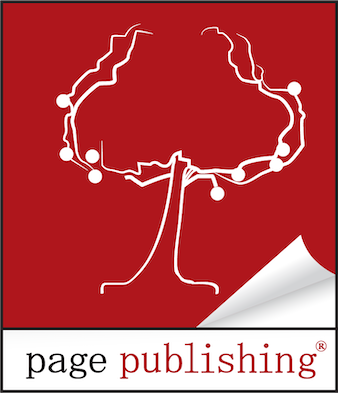
Launching Into Your Next Writing Project

Congratulations, accomplished authors! You’ve successfully navigated the challenging journey of publishing your first book, a monumental achievement in itself. Now, as you stand at the threshold of a new writing adventure, the prospect of starting your next book may seem both exciting and daunting. Fear not, for this blog post is written just for you – seasoned authors eager to embark on the next chapter of their literary career.
Reflect on Your First Journey:
Before diving into a new project, take a moment to reflect on your previous work. What worked well? What were the challenges you faced? Reflecting on your past experiences will not only provide valuable insights but also serve as a foundation for improvement. Consider the feedback you received from readers and critics alike, and use it to hone your craft.
Identify Your Passion:
Passion is the driving force behind every great piece of literature. What subject, theme, or genre ignites your creative spark? Your second book is an opportunity to delve into a topic you are truly passionate about. Whether it’s a personal interest, a social issue, or a genre you’ve always wanted to explore, allowing your passion to guide your writing will make the process more enjoyable and authentic.
Set Clear Goals:
Establishing clear goals for your second book is essential. What do you hope to achieve with this project? Define your objectives, whether they be to reach a wider audience, experiment with a new writing style, or explore a specific theme. Setting realistic and measurable goals will keep you focused and motivated throughout the writing process.
Create a Flexible Outline:
Some authors are meticulous planners, while others prefer a more spontaneous approach. Whichever group you fall into, having a flexible outline can provide a roadmap for your writing journey. Outline the key plot points, characters, and themes; but be open to unexpected detours. Allow your story to evolve organically, and let your characters guide you as much as you guide them.
Learn from Feedback:
Feedback is a powerful tool for growth. Embrace constructive criticism from your first book and use it to refine your skills. Seek input from beta readers or writing groups during the early stages of your second project. Their fresh perspectives can offer valuable insights and help you identify blind spots in your writing. Remember, the goal is not just to write another book but to continuously improve as an author.
Establish a Writing Routine:
Consistency is key when embarking on a new writing project. Establish a writing routine that fits your lifestyle and commitments. Whether you’re an early riser or a night owl, find a time that works best for you and stick to it. By creating a dedicated writing space and time, you’ll cultivate a habit that ensures progress, even on the busiest days.
Embrace Creativity:
Your second book is an opportunity to stretch your creative muscles and experiment with new ideas. Don’t be afraid to step outside your comfort zone, whether it’s exploring different genres, writing styles, or narrative structures. Embrace the freedom that comes with experience, and let your creativity flow. Your unique voice and perspective are what make your writing stand out.
Stay Inspired:
Writing a book is an iterative process. To maintain momentum, surround yourself with inspiration. Read widely, explore different art forms, and engage in activities that fuel your creativity. Inspiration can strike at unexpected moments, so be open to capturing those sparks and weaving them into your narrative.
As you embark on your second book, remember that each writing journey is a unique adventure. Learn from your past experiences, channel your passion, set clear goals, and stay open to the creative process. The world is waiting for your next masterpiece, and with these tips, you’re well on your way to crafting another captivating story.





